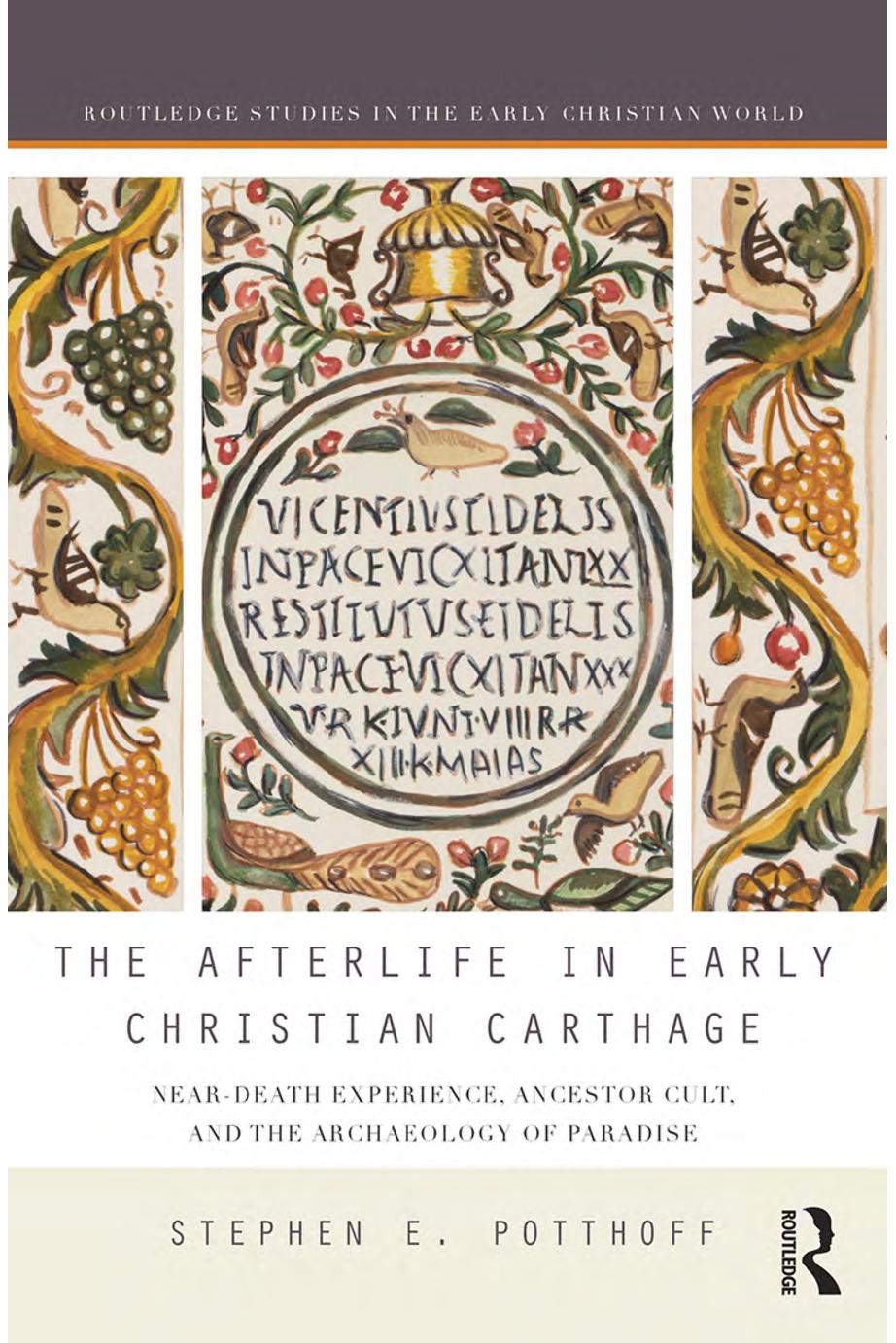The Afterlife in Early Christian Carthage by Potthoff Stephen

Author:Potthoff, Stephen
Language: eng
Format: epub, pdf
Publisher: Taylor & Francis (CAM)
Published: 2016-10-22T00:00:00+00:00
TERTULLIAN AND THE PRESENCE OF THE ROMAN DEAD
As we can reconstruct it from Tertullianâs writings, the culture of third century Carthage was one in which the dead played a prominent role. Tertullian is well acquainted with Greco-Roman funerary ritual and the cult of the dead as it manifested itself among his non-Christian neighbors. In numerous passing references, he mentions many of the rituals and material trappings of pre-Christian funerary cult as known both from other textual sources and the archaeological record throughout the Roman Empire.
Like many philosophers and educated thinkers of his day, Tertullian largely rejected the notion that the dead were in any way present on earth or in their mortal remains. At the same time, he criticizes the ancestral cult of the dead not merely because he regards it as crude and unsophisticated, but because it represented to him a form of idolatry. Tertullianâs treatment of ancestor cult therefore belongs in the wider context of his general critique of Roman religion.
Adopting a Euhemeristic position, Tertullian does not hesitate to describe Roman religion generally as merely an elaborate manifestation of the Mediterranean cult of the dead: The gods were divinized dead men, and all practices associated with their worship were equally reprehensible in their implicit rejection of the Christian God. Similarly, in its incorporation of banquets and offerings, statues, incense, and other material elements of wider Roman religious practice, ancestral cult was to be avoided as much as any other honors rendered to divinized dead people and lifeless idols (De Spectaculis 13). (Unless otherwise noted, all English translations are from the ANF series; Latin, with corresponding numeration, is from the PL series).
In equating the cult of the dead with the cult of the gods, Tertullian lists a wide variety of overlapping practices:
What, indeed, do you do by way of honouring your gods, which you do not equally offer to your dead? You build temples for the gods, you erect temples also to the dead; you build altars for the gods, you build them also for the dead; you inscribe the same superscription over both; you sketch out the same lineaments for their statuesâas best suits their genius, or profession, or age; you make an old man of Saturn, a beardless youth of Apollo; you form a virgin from Diana; in Mars you consecrate a soldier, a blacksmith in Vulcan. No wonder, therefore, if you slay the same victims and burn the same odours for your dead as you do for your gods.
(Ad Nationes 1.10)
Tertullianâs description of funerary cult in Carthage indicates that it shared much in common with the cult of the dead as practiced throughout the Mediterranean. Other customs he mentions include giving wine to the Manes (Apology 13), crowning the dead (De Corona 10), and holding games and combats in their honor (De Spectaculis 11â12).
Tertullian seems all too aware of the extent to which people around him perceived the dead in a concrete, corporeal sense. Not only are the dead spoken of as being âin reposeâ; at
Download
The Afterlife in Early Christian Carthage by Potthoff Stephen.pdf
This site does not store any files on its server. We only index and link to content provided by other sites. Please contact the content providers to delete copyright contents if any and email us, we'll remove relevant links or contents immediately.
| Africa | Americas |
| Arctic & Antarctica | Asia |
| Australia & Oceania | Europe |
| Middle East | Russia |
| United States | World |
| Ancient Civilizations | Military |
| Historical Study & Educational Resources |
Cecilia; Or, Memoirs of an Heiress — Volume 1 by Fanny Burney(32064)
Cecilia; Or, Memoirs of an Heiress — Volume 3 by Fanny Burney(31460)
Cecilia; Or, Memoirs of an Heiress — Volume 2 by Fanny Burney(31410)
The Secret History by Donna Tartt(18175)
Sapiens: A Brief History of Humankind by Yuval Noah Harari(13993)
Leonardo da Vinci by Walter Isaacson(12807)
The Radium Girls by Kate Moore(11624)
Sapiens by Yuval Noah Harari(5125)
How Democracies Die by Steven Levitsky & Daniel Ziblatt(4965)
The Wind in My Hair by Masih Alinejad(4847)
Homo Deus: A Brief History of Tomorrow by Yuval Noah Harari(4691)
Endurance: Shackleton's Incredible Voyage by Alfred Lansing(4508)
Man's Search for Meaning by Viktor Frankl(4294)
The Silk Roads by Peter Frankopan(4275)
Millionaire: The Philanderer, Gambler, and Duelist Who Invented Modern Finance by Janet Gleeson(4105)
The Rape of Nanking by Iris Chang(4024)
Hitler in Los Angeles by Steven J. Ross(3802)
The Motorcycle Diaries by Ernesto Che Guevara(3789)
Joan of Arc by Mary Gordon(3786)
